In this interview, we sit down with Ben Torres, Vice President of Operations at The Vintage Whiskey and Cigar Bar, to explore the vision and passion ...
Amy Pishner’s Lessons for Success in Dog Training Business
Written by: Esther Strauss
Esther is a business strategist with over 20 years of experience as an entrepreneur, executive, educator, and management advisor.
Published on July 23, 2024

In this interview, we sit down with Amy Pishner, the owner and head trainer of Valor K9 Academy. Amy shares her journey from a military background to becoming a leading figure in the dog training industry. She discusses the challenges of starting and growing a successful dog training business, the importance of maintaining high training standards, and her vision for the future of Valor K9 Academy. Her insights provide valuable lessons for aspiring entrepreneurs and dog training enthusiasts alike.
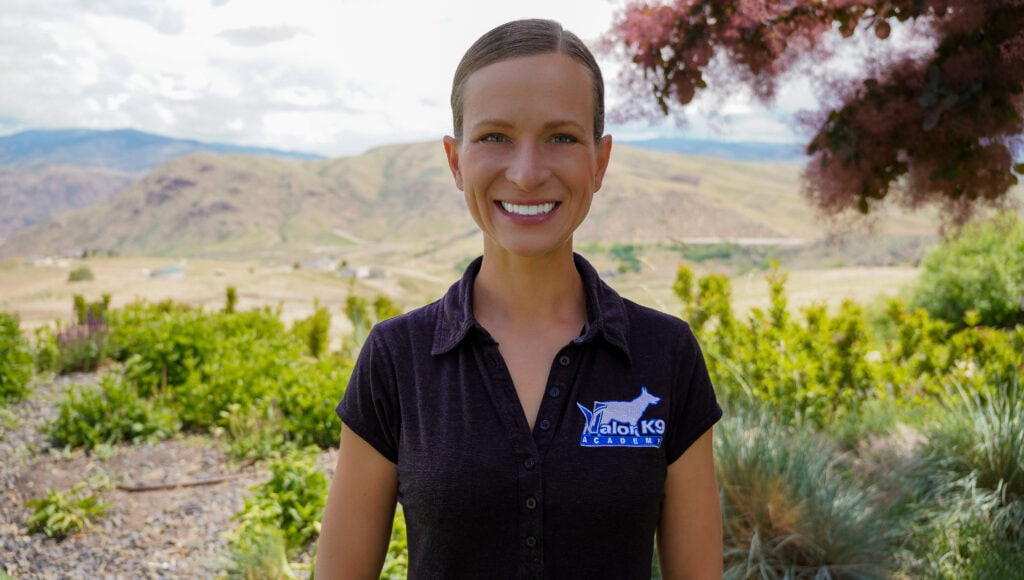
Inspiration Behind Valor K9 Academy
SBS – What inspired you to start Valor K9 Academy, and how did your background as a veteran influence your approach to dog training?
Amy – Dog training is a passion turned career for me. When I was in the military, I used to get off work and head to the animal shelter to volunteer. My time with animals was always an escape for me and it led to me pursuing dog training on the side to help friends and coworkers with their dogs. When I got out of the military, I decided to pursue my passion for training and went to two separate dog trainer schools to learn everything I could. From there, I hit the ground running and opened Valor K9 Academy!
Overcoming Startup Challenges
SBS – What are the biggest challenges you faced when starting Valor K9 Academy, and how did you overcome them?
Amy – My biggest challenge was not having a background in business or sales. Every single thing that I needed to do to start, run, and stay in business was brand new to me, but thank goodness for the internet. I learned everything I needed to know from Dr. Google and figured things out along the way.
Fortunately, my hard work and dedication to excellence have kept me going all these years later. I love what I do and am thankful to have a job that is never boring. Growing up, I never thought I would start my own business, but now I can’t imagine doing anything else!
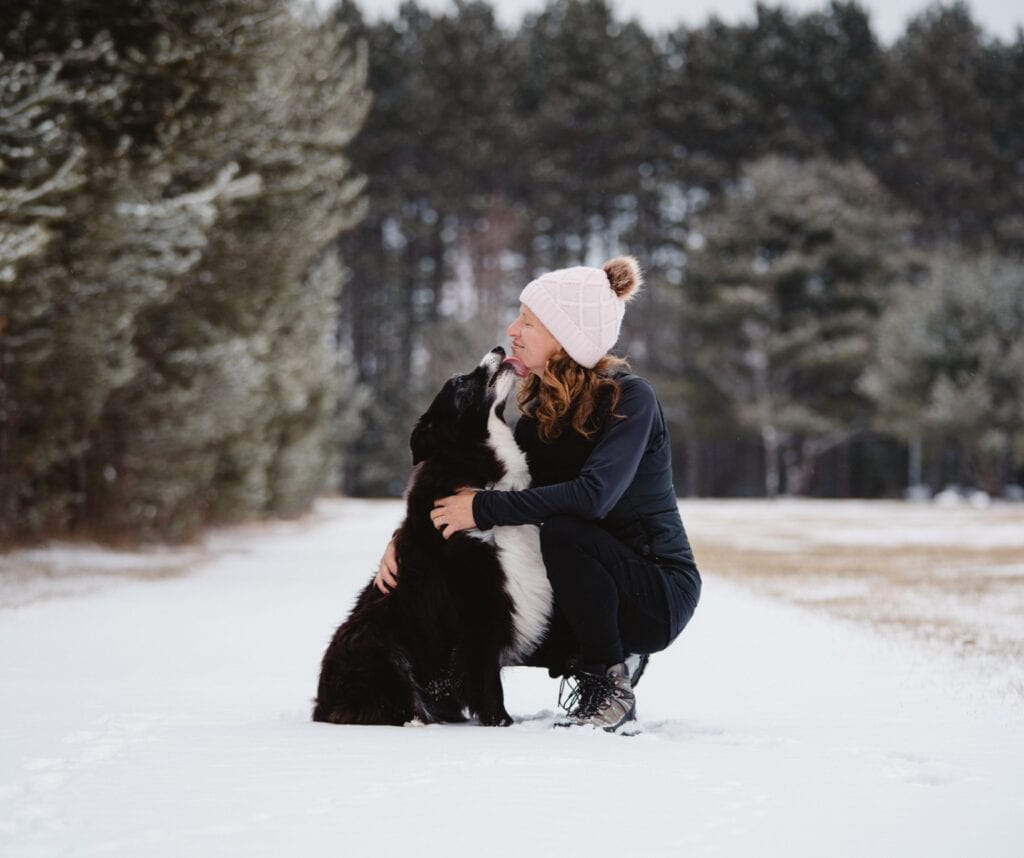
Ensuring Training Quality and Consistency
SBS – How do you ensure the quality and consistency of training across different locations and trainers?
Amy – Great question! This has been a challenge over the years. What we have learned is that hiring the right people is the golden ticket. We have become extremely selective about who we hire and who we choose to keep on our teams. In our most recent job hiring post, we received over 600 applications for candidates for both our Chattanooga and Boise locations. We spent six weeks going through applications and conducting interviews. In the end, we now have great trainers who are excelling in their positions as dog trainers on our team.
For me personally, I practice what I preach so that I can lead by example for my trainers. My standard is excellence. I want nothing less than the best for my clients.
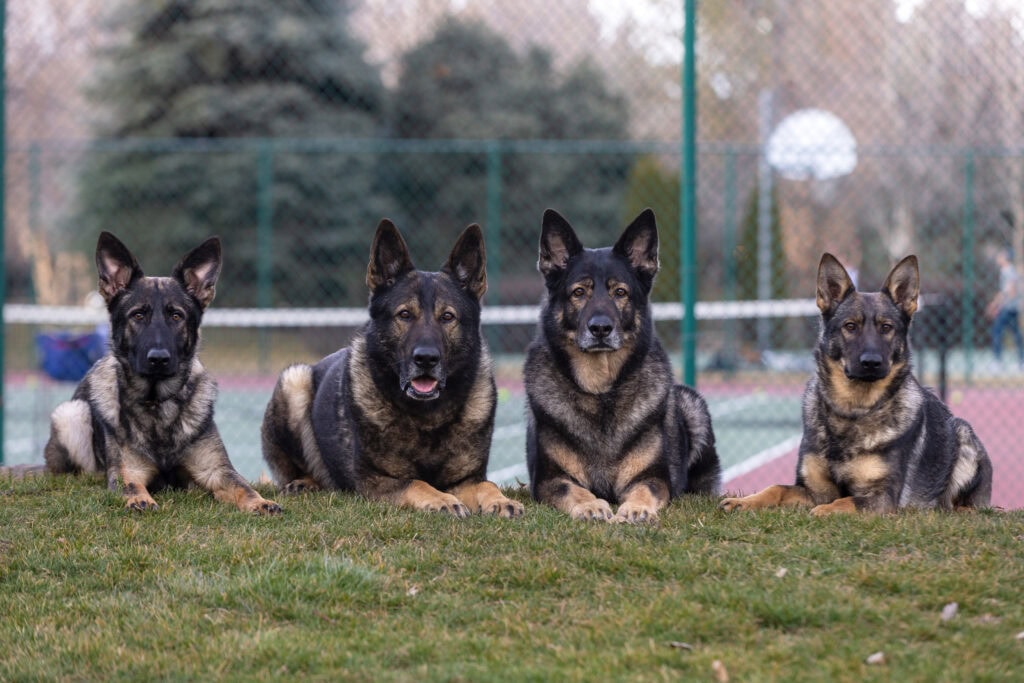
Marketing and Client Growth Strategies
SBS – Can you share your strategy for marketing and growing your client base in multiple cities?
Amy – We never really had a strategy per se. I opened Valor K9 Academy in Chattanooga in 2014, then my now-husband finished his year-long deployment and was stationed in Spokane, Washington. I followed him there in 2015 and opened our second location. After four years in Spokane, we moved to Boise in 2019, which is where my husband was born and raised, and opened our third location. In each location, we have proven ourselves to be hard workers who deliver consistent quality and excellence to our clients. Our reputation speaks for itself and our marketing is word-of-mouth and referrals. We are proud to be backed by our clients.
We have plans for future expansion when the time is right. These will be cities where we are in high demand and cities that support balanced dog training.
Community Engagement and Business Impact
SBS – What role does community engagement and giving back play in your business model, and how has it impacted your growth?
Amy – It plays a huge role, I think. In our early years, we donated thousands and thousands of dollars to rescues, non-profit organizations, teachers, firefighters, cops, and veterans. We wanted to do everything we could to help in any way that we could. We donated training, boarding, equipment, use of our facility, and more. We are thankful for the referrals and new clients that came to us as a result of the marketing from these donations, but that is not why we did it. We did it because it was the right thing to do. Those rescues (especially) had a need, and we were able to fulfill that need.
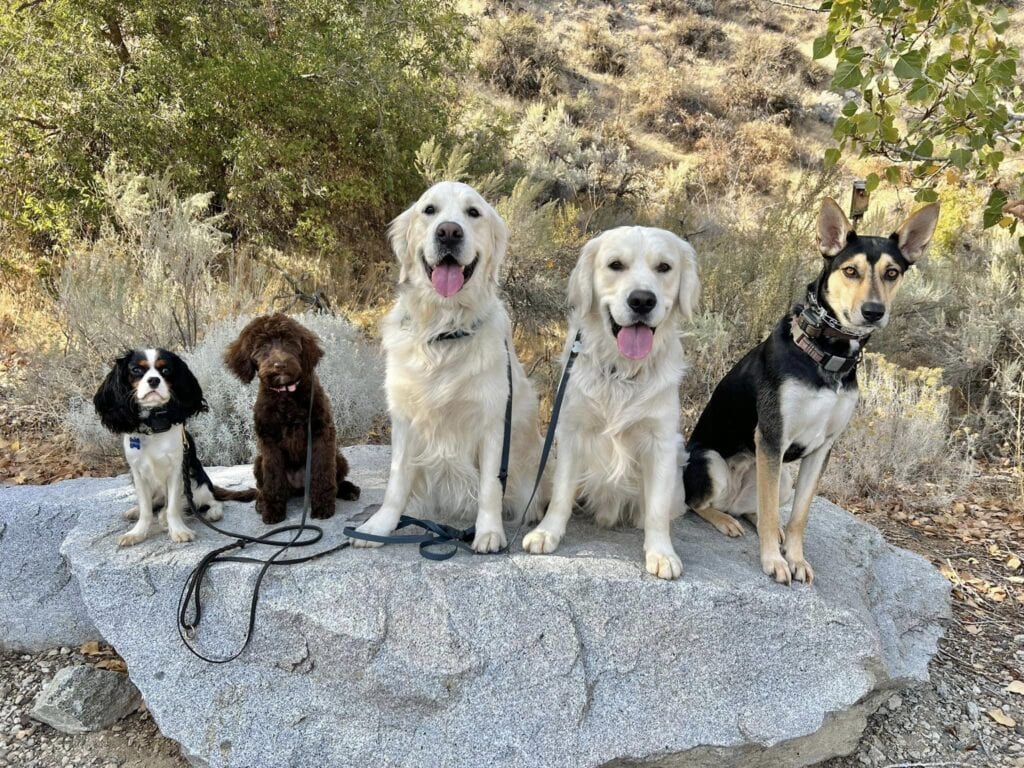
Balancing In-Person and Online Training
SBS – How do you balance offering both in-person and online training services, and what are the benefits and drawbacks of each?
Amy – We created our online training platform, Valor K9 Academy Online, after we closed down our Spokane location and had so many countless clients begging us for help. We wanted to be able to offer quality, balanced dog training to owners everywhere, so we created an online platform to make training accessible to everyone.
There are a lot of dog trainers who threw together online training courses during and right after COVID, but those courses are lacking in quality, content, and consistency. When we set out to build an online training platform, we wanted to do it right, and that’s why it took us nearly a year to build the puppy course alone. The Puppy Head Start program teaches owners everything they need to know to raise and train their puppies right. It leaves no stone unturned, no question unanswered. We are proud of the quality and content it provides.
That said, many clients who are local to our Boise and Chattanooga locations still prefer in-person training. This gives them access to my team of trainers, who I personally trained, and allows them to also utilize our boarding service, which is reserved for clients only.
Having both in-person training and online training services gives people the choice to pick the program that fits their timeline, budget, and personal preferences. I’m happy to report that our clients are supremely happy with both options and continue to refer their friends & family to us, which, to me, is the highest compliment of all!
Advice for Aspiring Dog Training Entrepreneurs
SBS – What advice would you give to other entrepreneurs who want to start a dog training business?
Amy – Experience is the best teacher. Too many dog trainers work with a few dogs and then want to start a company. This is not enough experience. You have to work with dozens of dogs and their owners to really get your feet wet in this industry. I have trained thousands of dogs, and I am still learning new things. Dogs are the greatest teachers. If you truly want to train dogs, go pick up a leash, head to a shelter, and work with dogs — day after day and week after week. Most people fizzle out after a few weeks, or they run out of things to work on because they are lazy or lack creativity.
Don’t forget that training dogs involves people, too. If you don’t like people or if you think you are “not a people person,” then this is not the right industry for you. As a dog trainer, it is my goal to be an excellent trainer for dogs and an exceptional teacher for owners. You have to have passion for both to truly succeed.
Trainer Selection and Training Process
SBS – How do you select and train your trainers to maintain the high standards of Valor K9 Academy?
Amy—In the early days, I picked trainers from my client pool and from my shadow student programs. I got to know people pretty quickly and could always tell who had a special talent or extra passion for the task at hand. Most people love to train their dogs at home, but that doesn’t mean they will be good dog trainers. To be a good dog trainer, you must love training all dogs — big and small, attitudes and all!
I am very picky about who works for me and do my best to select them carefully. Even so, I have had to fire a few trainers over the years who did not live up to my standards. Sometimes, people fool you until the rubber meets the road, and you see what they are truly made of.
Dog training is a 24/7 job for us. The dogs live with us. They are part of our pack and family. Trainers must have a burning passion for the job, or they won’t make the cut. The pay is great, but the hours are long. You either love it, or you’re off the team.
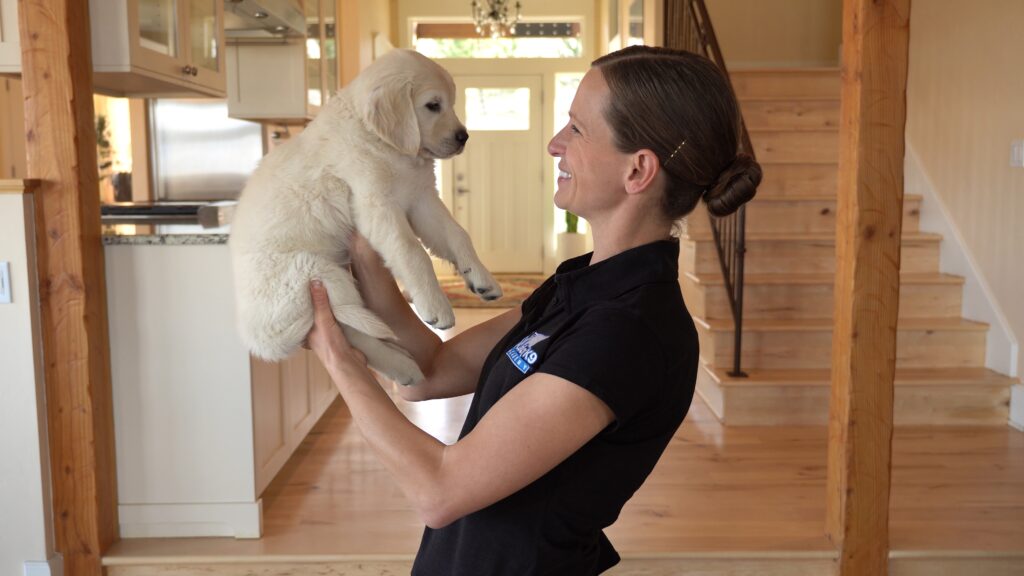
Popular Services and Client Resonance
SBS – What are the most popular services you offer, and why do you think they resonate so well with your clients?
Amy – It depends on the economy, to be honest, but typically our board & train program is a client favorite. This is not typical of other dog training companies because many trainers have a bad reputation and receive negative reviews of poor board & train experiences.
In the board & train program, the dog comes to live with us in our home and receives 10–15 training sessions each day to work towards the tasks and goals at hand. This allows owners to get awesome results with their dogs in just two to four weeks. It’s a client favorite because many clients merge board & train with vacation. They go away for a few weeks and come home to a happy, healthy, well-behaved dog. We do the heavy lifting, and they reap the benefits of the training.
It is the more expensive option, but with us, you get what you pay for.
Importance of Positive Reinforcement
SBS – Can you discuss the importance of positive reinforcement in dog training and how it has shaped your training philosophy?
Amy – Positive reinforcement uses reinforcers (rewards) to shape behavior. These rewards can be food, praise, petting, smiling, eye contact, or toys. Most commonly, dog kibble or treats are used as the reward for positive reinforcement.
Here’s the thing: I love positive reinforcement. Using rewards to shape behavior is a great way to teach dogs new behaviors and build a strong obedience training foundation. But there is a time and a place for everything! Physical rewards must be faded out of training eventually in order to teach the dog to obey without them. This is where most trainers fail to understand that there is a time and a place to use rewards — and it’s not every time or every place! I begin to fade out the use of a food reward once the dog reaches six months of age and/or when the dog has a strong training foundation. Once he knows what’s expected of him, I layer in a training collar and begin holding him accountable for his behavior.
For most dogs, this is an “Aha!” moment that makes a big difference in their training and behavior. When you hold a dog accountable for his behavior, and he learns that good behavior results in rewards and bad behavior results in corrections, you skyrocket your training to new heights. It’s a beautiful thing!
Measuring Training Success and Client Satisfaction
SBS – How do you measure the success of your training programs and ensure client satisfaction?
Amy – Referrals, reviews, and repeat business are my top three measures of success. When a client is happy with their dog’s training, they tell their friends, family, and coworkers about it. They post about it on social media. Sometimes, they even ask us for business cards to share with people in public who want to know where their dog was trained. Those are all high compliments in my book!
Other clients leave 5-star reviews to share their positive experiences. After a decade of training dogs, we have received hundreds of 5-star reviews across numerous platforms.
You would think everyone would leave a review, but that is not always the case. Some clients are more private or do not wish to post a review, but we know they’re happy because they keep sending their dogs to us for boarding or come back for training with their next dog.
In whatever way they choose to show their satisfaction, we “Strive for Five.” Our goal is to give clients a 5-star experience from start to finish. I think a lot of businesses are impressive and helpful until they get paid. That’s when the service starts to go downhill. Not us! From the initial phone call and throughout the process from start to finish, we continue to provide quality service to our clients. We truly care about them and their dogs.

Future Plans and Expansions for Valor K9 Academy
SBS – What future plans or expansions do you have for Valor K9 Academy, and how do you plan to achieve them?
Amy – Right now, we are swamped with projects — the list is never-ending! Once we get caught up a little around here, our plan is to finish Valor K9 Academy Online’s training courses, finish our training building project here in the Boise area, and then add a few more locations to our roster so that we can help more clients in person from different parts of the US.
They say people overestimate what they can do in a year and underestimate what they can do in ten years. To achieve my goals, I am thinking long-term and plan to chip away strategically at all our goals.
Evolving Demand for Service Dogs
SBS – How has the demand for service dogs evolved over the years, and how has Valor K9 Academy adapted to meet this demand?
Amy – Ten years ago, people thought of service dogs as seeing eye dogs or guide dogs for the blind. I think as mental health becomes less taboo and talking about things like PTSD becomes more socially acceptable, the need for service dogs is on the rise. Of course, there are a lot of people abusing the concept of service dogs and using fake service dogs in non-pet-friendly places, but for the most part, people are honest and truly do have a need for a service dog.
Our service dog program has always been a big part of what we do. I am passionate about providing quality training for puppy prospects and active working service dogs because I truly believe that service dogs save lives. I am thankful for what my service dogs have done for me over the years, and I wouldn’t be where I am in my life or my career without them.
Subscribe to Our Newsletter
and gain insider access to cutting-edge business insights and trends.
Featured Resources

Ben Torres on Creating a Whiskey And Cigar Bar In Charlotte, NC
Published on September 2, 2024
Read Now

How Bombay Eats Brings Authentic Indian Cuisine to Chicago
Published on September 2, 2024
Ali Dewjee and his wife Falguni embarked on a flavorful mission 14 years ago when they founded Bombay Eats, originally known as Bombay Wraps. With a ...
Read Now

How MedAssent DDS Supports Dental Medication Management
Published on September 2, 2024
Lauren Fang is a pioneering force in digital health, co-founding MedAssent DDS with a vision to revolutionize dental care. With a deep-rootedconnect ...
Read Now
Comments